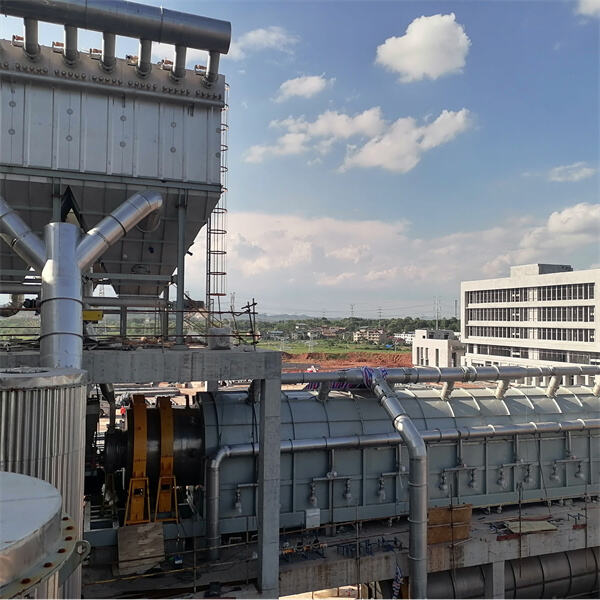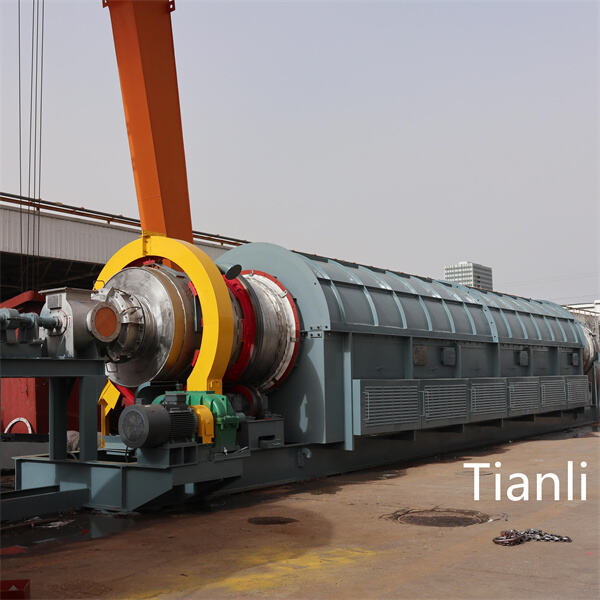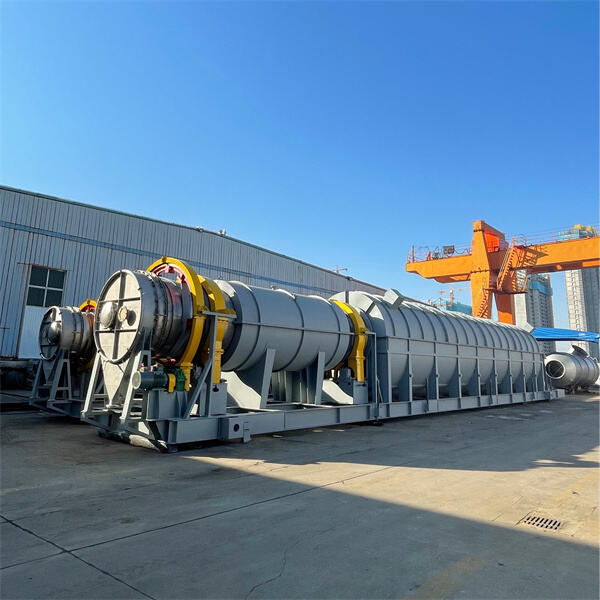{ Kiln } – A kiln is a large oven that heats various materials to intense temperatures. There are many reasons why this heating process is important. Calcination is one of the main reasons. Calcination: materials are heated to remove water and some undesired outputs. It helps to solidify and stabilize the final product in this way. There are various types of calciners in kilns, and they all have their merits and demerits. These differences rely on the exact material being heated and what the end product should look like.
There are several different methods for calcination. Direct, indirect, and fluidized bed calcination are the primary technologies. Direct calcination means that the materials are heated within the kiln directly. This means that the materials are directly exposed to the heat, which can be extremely efficient. Direct calcination, however, employs a different approach. It warms the materials with a device known as a heat exchanger before they enter the kiln. This technique can improve the thermodynamic state of the materials prior to the heating process. A second method is fluidized bed calcination. Through this process, a powerful rush of air flows rapidly as the materials remain suspended in the kiln. An environment similar to a liquid inside the kiln is formed, which assists in evenly heating the materials.

Different calcination methods offer distinct advantages and challenges. This process, called direct calcination, may be more energy efficient, utilizing less energy to heat the materials. That said, it can lack the consistency in the final product that other methods provide. In comparison, indirect calcination can lead to a more uniform product, although this comes with additional steps in the process and potentially increased costs in operation. Fluidized bed calcination is a precise and efficient method in terms of heating. However, this strategy might not work for all classes of materials — particularly, those that need extremely high temperatures.

Calciners broadly fall under several types in kilns: Rotary kilns, flash calciners and fluidized bed calciners. Rotary kilns have long been used across many different industrial processes, and are a standard option for many materials. They are widely known as one of the most effective menniers of all time. Flash calciners are a newer technology that tends to provide greater precision and energy efficiency, although they can also be more expensive to operate. Conventional rotary kilns do not allow heat to be dispersed evenly, therefore fluidized bed calciners are beneficial because they provide uniform heating that is required for sensitive materials. However, they may be a less ideal option for materials that must be heated to extreme temperatures.

Considerations in Selecting the Best Calciner for Your Kiln Operation You need to consider what material you are processing, what you want the end product to be, and how much the kiln will cost to run. Each material has different properties, which makes the ideal calciner for one type of material ineffective for others. Companies such as Shandong Tianli specialize in customizing calcination solutions for a variety of industries. This is how they can assist you in producing the best possible in your kiln process.